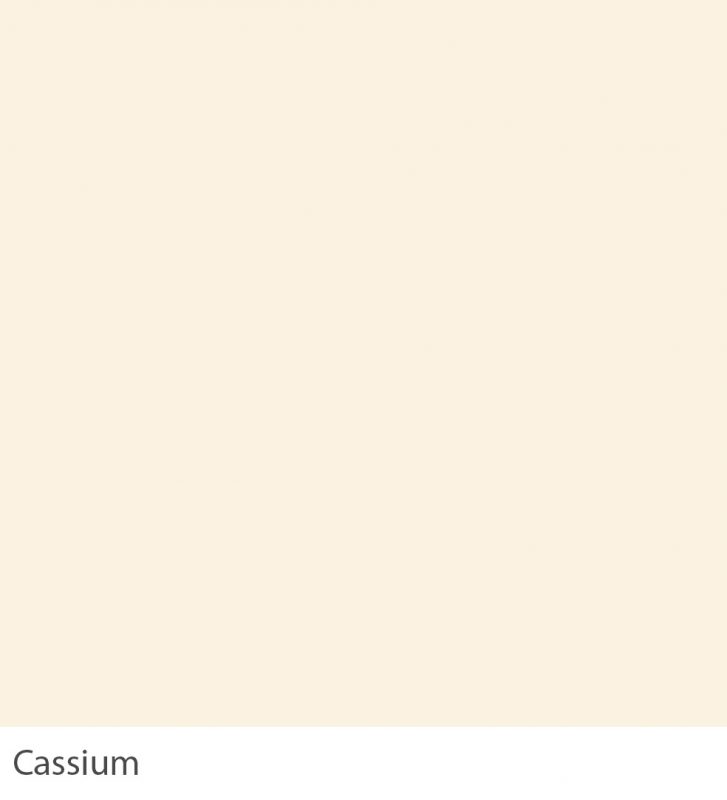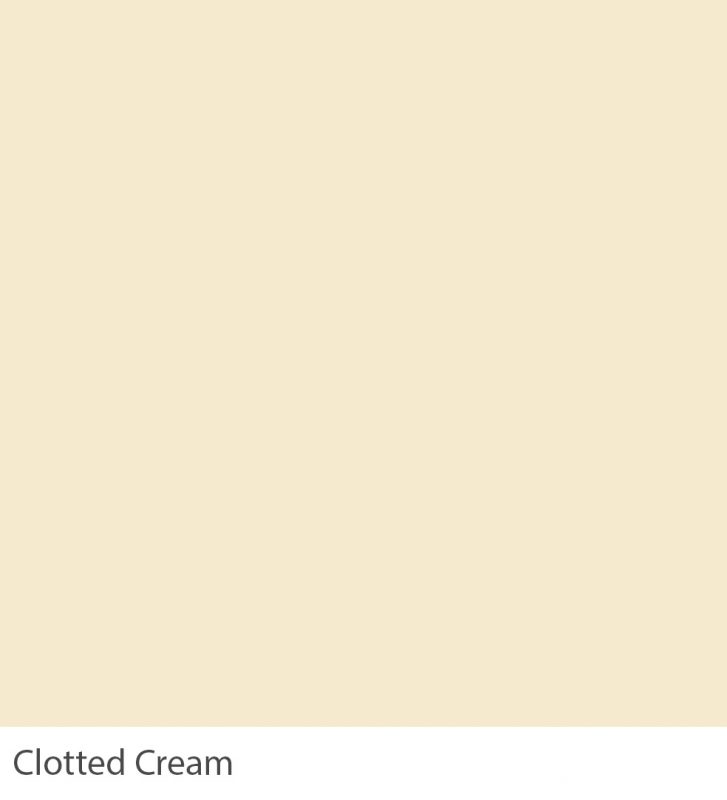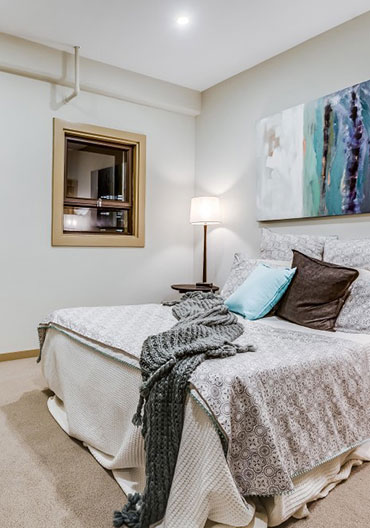The top interior design tip of 2021: creating a feature or accent wall
Create style with accent and feature walls
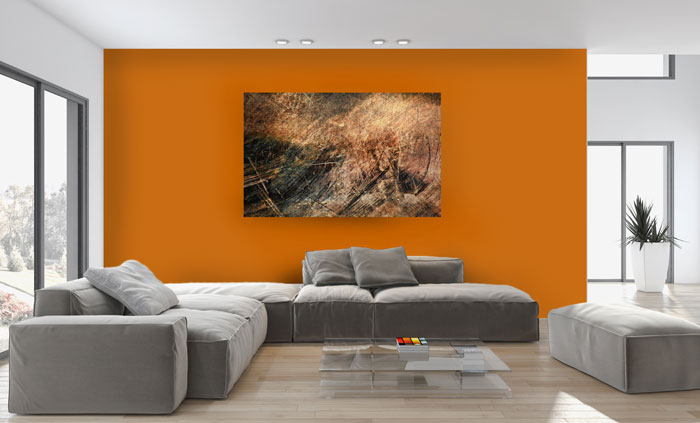
Why use an accent wall?
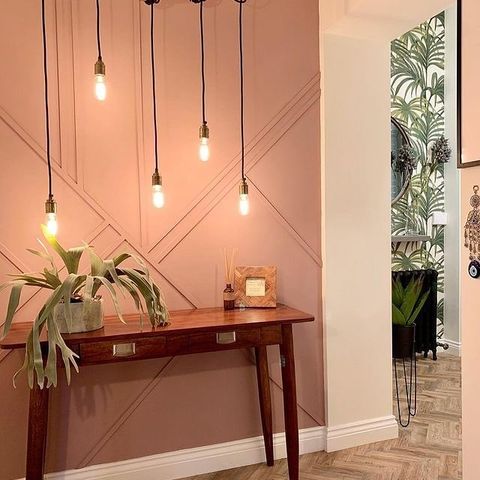
Accent walls work best when the approach is considered and has a design purpose to ensure it is right for your living space. An accent wall should be used to highlight architectural features such as ornate coving, alcoves, recess walls. They can be used to define these features or simply to add contrast in living spaces.
Another purpose of an accent wall is to draw attention to a part of the room that might otherwise be overlooked or to give a room decorative flair that it might be lacking. Accent walls add a sense of excitement to your home's decor and can be used to compliment and consolidate a colour scheme in your home.
The most successful accent walls have an architectural or space-defining purpose. Alcoves and niches benefit from contrast because they accentuate their shape and relationship to the space. Accent walls themselves should feel like a piece of architecture in the room, like it's always been there.
Accent wall background
The term accent wall was first introduced in 1966 by Melville Emerson Hurd who described it as a wall using a different colour or texture from the other walls in the room. Heavily decorated wallpapers were often used in the sixties on accent walls to create unique texture and colour.
Which style should I avoid?
Care does need to be taken with accent walls to ensure the colour or texture of the paint, wallpaper or substrate that make it different does not clash with other styles and furnishings in the room. Unlike a feature wall the accent wall should not overpower the room to the extent it becomes a distraction. It should blend with the rest of the room and subtly highlight a unique space.
If your room is on the small size randomly creating a coloured accent wall which by definition contrasts with all the other walls in the room will make it feel smaller. The added contrast visually breaks up the flow of the walls subconsciously reducing the rooms perimeter.
On medium sized rooms avoid strong colours on accent walls in favour of more subtle tonal changes from wall to wall to create a sense of flow particularly on the longer walls in the room. Combinations like Cassium and Clotted Cream work well together.
Keen on accent walls? Take a look at these 15 style top tips.
Feature Walls
In slight contrast a feature wall is used to highlight a room's existing focal point. In modern houses the feature wall can be bearing the television and entertainment systems, or in traditional houses the chimney breast of a living room or lounge. In bedrooms it is often the wall behind the headboard or the wall that features the bay windows in dining rooms. A wall of glass built in cabinets or shelving can be painted a different colour to enhance the craftsmanship as well as define its function.
Feature walls are great for small spaces. Painting one wall a striking strong colour adds the illusion of depth where its lacking. Cool tones and soft pastels in bright airy rooms are easy on the eye however strong tones like Kombu and Indigo demand attention creating a sense of space around the focal point of the room (available in GrafClean)
Planning a bold focal wall?
Paint the adjoining lighter coloured walls first. Don't worry if you get paint on the feature wall as the strong colour selected will have greater opacity to cover the lighter materials.
Paint feature walls opposite windows a cool but strong colour like Cerulean ,it will help absorb light in rooms that are too bright. Conversely if you are looking to increase the brightness of a room use a mid or strong tone like Cinnamon on the window wall with lighter colours like Tuberose opposite to reflect light back into the room.
Recent trends are to paint a feature wall in a dark colour like Miso and use a slight tonal shift to Burnt Umber on the remaining walls. This creates an initial dramatic sense of all over colour. By using contrasting furnishings, textiles and flowers to then lighten the living space, it can create real depth and warmth to a room. This is particularly impactful in dining and living rooms.
What rooms should avoid a feature walls?
On long narrow rooms avoid the temptation of feature walls. Rather than painting just one wall a contrasting colour, paint the two long walls a darker shade than the two short ones. Colours like Graphene and Pewter work well, emphasizing the room's length, and making it feel bigger.
What are the best paints for Interior design?
In most households the walls and ceilings are plastered with gypsum or cement plaster although on older period properties lime plaster is common to enable the walls to breath. GrafClean Premium is the ideal natural sustainable paint for most interior spaces and is the best choice for your feature wall with the widest colour palette. It is particularly suited to childrens rooms, kitchens and bedrooms as it is certified Toy Safe.
Colour choices in style:
GrafClean Premium is a breathable Class 1 natural mineral paint, reinforced with Graphene with an easy clean washableclass 1 finish which reduces condensation. GrafClean meets high environmental standards, it has been awarded Eurofins Indoor Air Comfort Gold. In addition it is Cradle to Cradle bronze certified, BREEAM, LEED & WELL compliant. A hard wearing finish superior to most matt emulsions and is available in an extensive range of 96 modern and high design colours. A high solids (70%) water based paint, which is easy to apply by brush, roller or spray with high coverage rates. Ideal for residential, commercial and public buildings requiring wide colour choice to create atmosphere, style and impact.
Which paint for ceilings?
A recent trend particularly in bedrooms, bathrooms and kitchens is to select GrafClean on walls to create style and lighter pastels and whites in Ecosphere on ceilings for enhanced air purification.
Ecosphere absorbs up to 5kg of CO2 for every 15 litres of paint applied. It is certified Cradle to Cradle health Gold and compliant with BREEAM, LEED & WELL building standards. Great Combos can be produced to create dramatic living spaces and a healthier environment for your home. Check out our colour Combos and style insp on Instagram.
Some of the world's toughest standards can be found in Global Green Tag, where certified products are regulated to protect you and your family's health & safety, to minimise your impact on our finite planet resources and put selection back in your hands. Ecosphere is Global Green Tag Platinum.
Curious out sustainable product standards? Learn more.
Getting samples, colour charts and expert advice:
- Order a FREE colour chart here
- FREE delivery on orders of 3 sample pots or more
- Have a question about our range? Please don't hesitate to get in touch with our outstanding customer service team, available at sales@avace.co.uk


